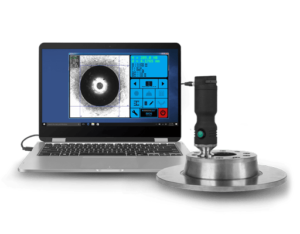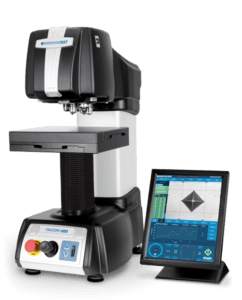Hardness test focuses on the capacity of an object to resist the infiltration of another object with a certain degree of resistance. The minimal the damage caused, the harder the object appears. Human hands can sense the hardness of materials. However, only soft objects can be assessed their hardness by fingers. The testing of technically much harder materials is only possible by the use of testing apparatus.

Hardness testing methods
The test for hardness of objects is of tremendous importance for quality assurance in industries. The most common methods used are, Rockwell, Vickers, Brinell and Knoop.
Rockwell test is the most widely used method of hardness testing. This test is popular as it takes the least time to execute, the machine is affordable and the procedure can be automated.
According to the Vickers test, the hardness of an object is an issue of principle independent of the selected test force. With this procedure, there is only a slight indentation of the test sample and applies to very small test forces.
The Brinell method is suitable for testing soft metals and hardened steel. Unlike the Rockwell test, it has relatively high testing expenditure and allows for a test of inhomogeneous materials.
The Knoop method is rarely applied and is similar to the Vickers procedure. It is however suitable for testing of very hard and brittle materials which if the Vickers method was used would lead to cracks on the indentation.
